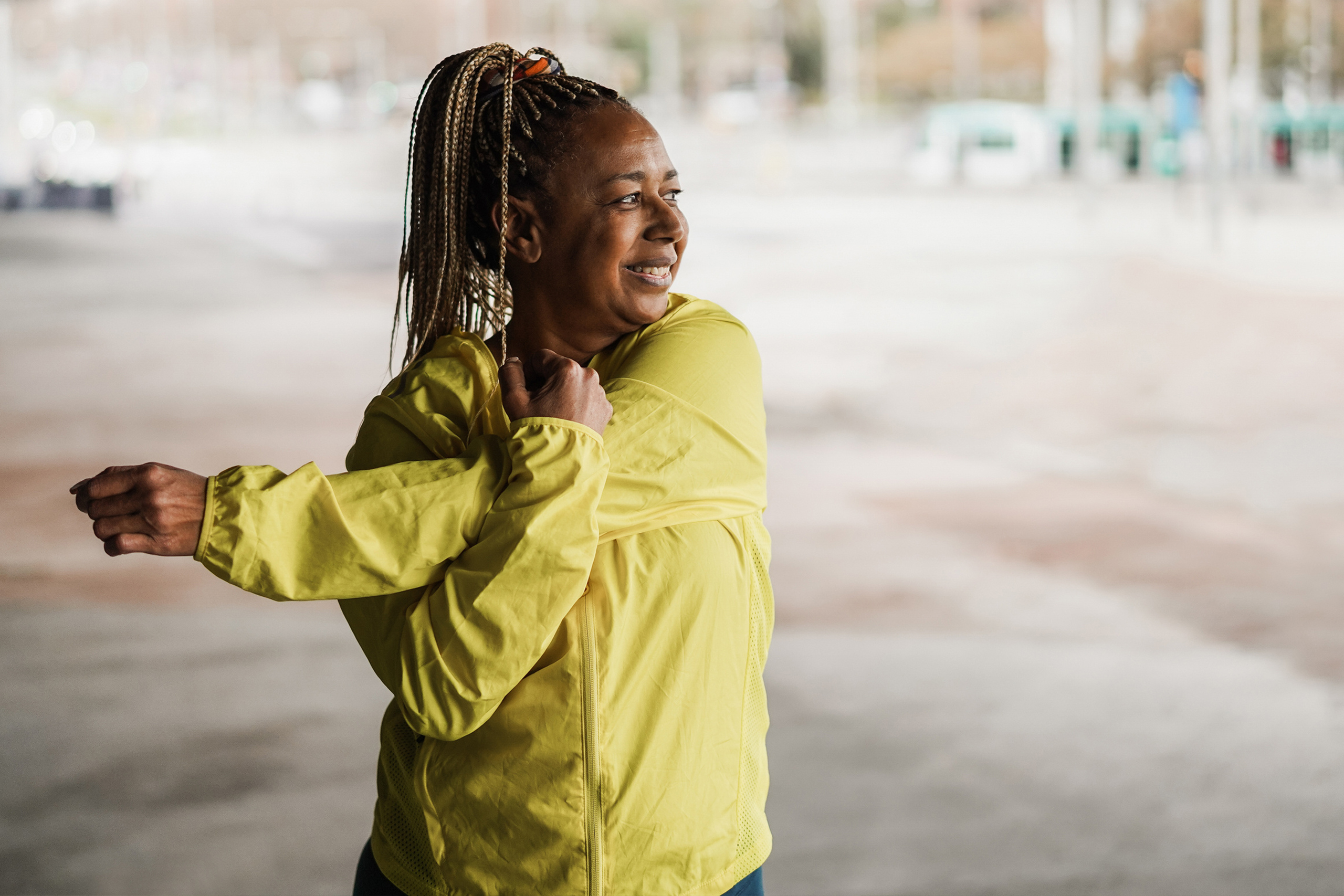Imagine dedicating just 30 minutes a day to an activity that is widely recognized as a powerful ally in combating insulin resistance, offering both immediate and long-term benefits.
Immediate Impact of Physical Movement
Right after a session of aerobic exercise (which utilizes oxygen), your body’s insulin sensitivity can soar by more than 50%, lasting for up to 72 hours. This means that even after you’ve finished exercising, your body continues to benefit from improved insulin sensitivity for several days. Regular physical activity is crucial for maintaining this heightened state, especially if you exercise daily, as it reinforces and extends the beneficial effects of each session.”
Consistency is Key
If you are inactive, this enhanced insulin sensitivity isn’t enduring—it diminishes within five days, underscoring the importance of consistent physical activity for optimizing insulin utilization in muscles.
Finding Your Fit
What is the best type of physical activity? The one you’ll actually do!
If committing to 30 minutes daily seems daunting, start smaller. Discuss with your HealthCoach to find a more manageable approach. They can suggest activities you haven’t considered but might enjoy.
Test the Power of Physical Movement on Your Blood Sugar
Curious about the effects of physical activity on your blood sugar? Here’s a simple test:
- Choose a day to measure your blood sugar before and after a chosen activity.
- Perform the activity for 20 minutes—be it walking, yoga, or any movement you enjoy.
- Measure your blood sugar again after completing the activity.
Physical activity is more than just a routine; it’s a gateway to better health and insulin management. Embrace movement in all its forms and discover the positive changes it can bring to your life.
Sending Health Your Way!
Tula Clinical Team
Reviewed by:
Aubree RN, BSN
Austin MS, RDN, CSR, LDN, CD
Tula Takeaways |
|---|
| 1. Boost Insulin Sensitivity with Consistent Exercise: Regular aerobic exercise enhances insulin sensitivity by over 50% for up to 72 hours, emphasizing the importance of daily activity for sustained benefits. |
| 2. Personalize Your Physical Activity: Find enjoyment in physical activities that fit your lifestyle. Start with manageable commitments and explore different options with guidance from a HealthCoach to maintain long-term engagement. |
| 3. Measure Impact with a Simple Test: Gauge the immediate effects of activity on blood sugar by testing levels before and after a 20-minute session. This experiment highlights how movement can positively influence blood sugar regulation, motivating ongoing physical activity. |
The LIVE TULA blog is informational and not medical advice. Always consult your doctor for health concerns. LIVE TULA doesn’t endorse specific tests, products, or procedures. Use the information at your own risk and check the last update date. Consult your healthcare provider for personalized advice.






